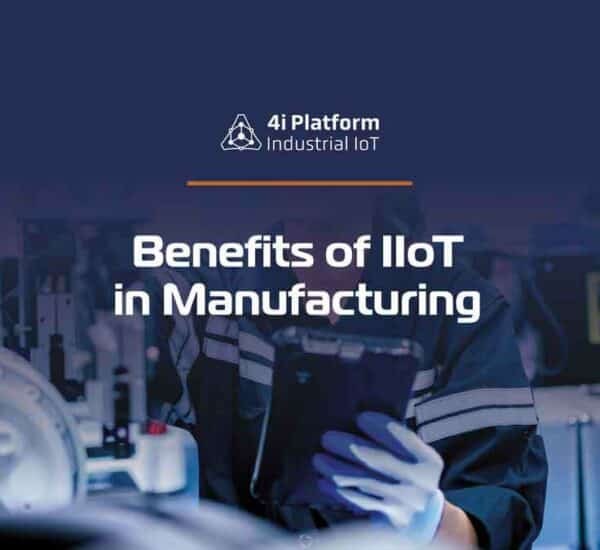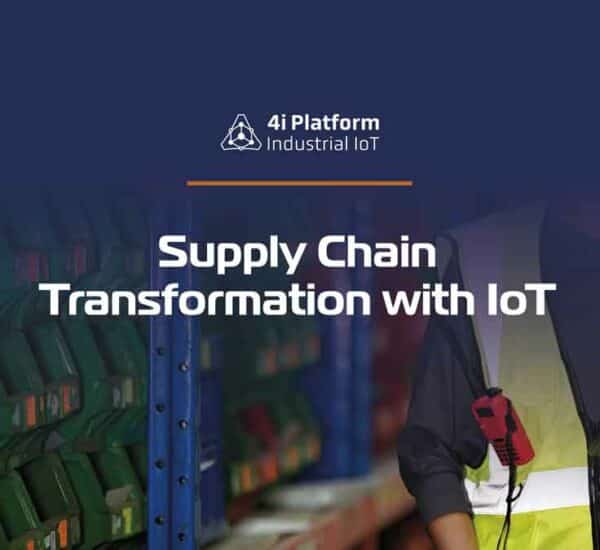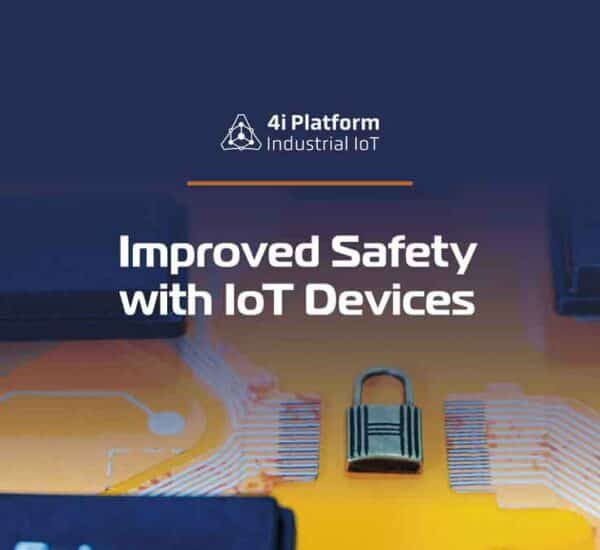What is the Internet of Things (IoT), and how does it work? There are tons of devices, and many protocols and standards — each with an acronym. It can be difficult for even the most experienced expert to keep up with all the layers of an IoT ecosystem.
Yet, understanding the IoT’s enabling technology, from new innovations to more refined solutions that work, can help you clearly understand what an IoT ecosystem is all about.
IoT Ecosystems With 5G
Let us begin with 5G, which is the next-generation standard for cellular connectivity. 5G will bring the “I” to the IoT, among other potential revolutionary effects. In addition, it will also alter our perceptions of connectivity.
5G was the first generation of wireless technology that was designed with small, low-power and almost universal IoT devices.
IoT sensors, unlike Wi-Fi or LTE devices that we use and plug in to power sources daily, will work autonomously for many years, often in inaccessible locations, and with need for replacement. 5G places emphasis on areas that may surprise you.
Low power: 5G technology is designed to help lower power consumption during transmission and when devices are not in use. The device will stay in low-power sleep mode up to when it is time to get to work. This generally includes sending data or receiving network traffic from deep within locomotive engines and high above city light poles.
For primary reasons, 5G deals with much smaller designs. In an era of connected sensors that number in the billions, it is vital to be minute.
A flood of new protocols: IoT has prompted the development of a handful of different 5G communication standards. This typically means that 5G has a wide range of options.
Some 5G technologies are speed demons and some are faster than others. The 5G leap is not about higher radio speeds, but instead, the ability to wirelessly exchange data and save energy over several kilometers
As a society, we link “quality connectivity” with power and speed. Therefore, we look forward to 5G’s faster download speeds among other benefits. Together with 5G and IoT, IoT ecosystems will become a reality.
Machines Communicating With Each Other
MTC (machine-to-machine communication) is a network in which two or more devices exchange data without any user intervention. While 5G protocols with high speed and large area are useful for a handful of MTC applications, there is a growing number of LPWA networks that are more suitable for IoT growth and diversification.
Bluetooth was the first MTC protocol that reached the consumer’s consciousness. It is still a popular choice for next-generation IoT devices. Experts are developing newer protocols with IoT applications as their focus.
MTC’s rise is actually the convergence of heterogeneous devices that we already use to provide new services. An autonomous vehicle possesses many cameras, positioning sensors and databases in such way to protect passengers and cargo. Very similar to an autonomous vehicle, a sophisticated manufacturing robot is a combination of many sophisticated parts that work together.
MTC networks include a variety of authentication and access protection mechanisms to protect IoT devices. Furthermore, they do more than just keeping unauthorized users from accessing data. These devices also help to muffle attempts to sabotage devices and the network through denial-of service attacks.
Software Platforms Link It All Together
To create an IoT ecosystem, you need more than IoT applications; you need a comprehensive IoT platform that coordinates cutting-edge hardware. The sharing of data between multiple systems architectures and third-party environments is easier with new-breed platforms. This platform generally bridges the gap between general-purpose IoT devices and connected lighting systems.
Developers will find it much simpler to learn about the capabilities of each device and how they can interact with each other on IoT platforms that have open APIs. This reduces the time to market and allows developers to answer questions about the platform’s security and governance capabilities.
Customers can also benefit from open documentation to make the most of any IoT investment. IoT capabilities are rapidly expanding, and buyers may not be able to fully understand the capabilities of connected lighting solutions.
Internal developers can explore the full potential of a large investment with an open IoT platform. IoT platforms are designed to be fast and easy so that new software can be pushed to invisible, headless, or embedded devices.
The best innovations are yet to come. They will be made when customers understand the enabling technologies of the Internet of Things and begin to demand innovative applications from vendors and internal developers.
When customers are able to clearly understand the benefits of secure data exchange and unconventional networking, as well as small, but powerful computing devices, they will find new uses for them that manufacturers did not expect.





